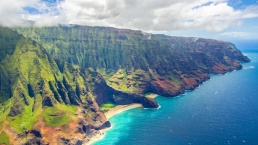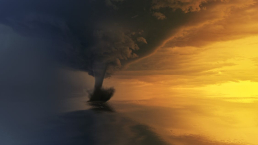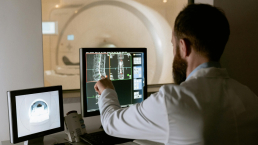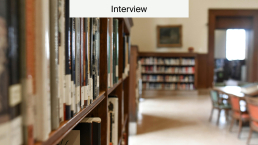
Citizen Scientists, Assemble!
Like it or not, know it or not, citizen science has been forced upon us. Over the last two years we have all had to become scientists; we’ve educated ourselves in chemistry, virology, immunology and more in order to navigate the COVID-19 pandemic. When you take a lateral flow test you are citizen scientist, just as when you report receiving your vaccination. This may have been the introduction that many of us had to citizen science, but the concept is one that has been around for a long time and has the potential to reach far beyond COVID-19 and allow us all to play a meaningful part in the creation of new understanding across a huge range of disciplines.
The importance of citizen scientists
Famous citizen scientists include William Herschel, who discovered Uranus in 1781, 19th century botanist Anna Atkins and 19th century palaeontologist Mary Anning, each of whom defied a lack of formal education or investment to achieve what the experts couldn’t. But the story of citizen science is no longer that of the outstanding, trailblazing amateur, it’s one of collective engagement on a huge scale. At the most basic level it’s about data and the simple fact that the more people you have collecting them, the more data you’ll be able to collect, the more varied they’ll be, and the quicker you’ll be able to collect them. Botanist Ferdinand Mueller realised this when compiling Mueller’s Flora of Australia, again in the 19th century, and recruited 1300 citizen scientists to send him plants from all over the country.
Contemporary citizen science uses technology to engage large populations spanning a range of subjects and connects citizens to different steps in the process of scientific research. Examples of ongoing citizen science projects are abundant, and a list of nearly 200 happening in the European Union can be found here, such as iSpot, a global nature identification platform that encourages people to photograph, upload and identify elements of nature. If you’re after something slightly more extra-terrestrial, NASA run a number of Citizen Science projects, including analysing images from their telescopes to help identify stars surrounded by “debris disks” or “YSO disks” and might represent extrasolar planets. You can give it a go here right now and I really recommend it—I just spent an hour doing it when I should’ve been working.
Citizen science projects
The power of these projects is not just the opportunity for citizens to involve themselves in cutting-edge science, but the fact that their participation is crucial to the work being done. These aren’t projects created so people can ‘give science a go’; the contributions of the citizen scientists are central and indispensable to the research. Published in Sustainability, The Known Unknowns: What Citizen Science Projects in Germany Know about Their Volunteers—And What They Don’t Know, describes the power of Citizen Science and calls for more investment in German citizen scientists. Responsible public engagement in science can have tangible positive impacts, as shown by this study, The Value of Citizen Participation in Technology Assessment, Responsible Research and Innovation, and Sustainable Development, which demonstrates the contributions made by Citizen Science to Technology Assessment, Responsible Research and Innovation and Sustainable Development.
Despite the boundless opportunities presented by citizen science, we must also consider the risks involved; the foundations of science are its rigour and reliability, so these projects must be conducted whilst also safeguarding the validity and the accuracy of research that they undertake and the results they produce. Research is going on in this direction too, as scientists attempt to understand citizen science itself and construct frameworks for effective and trustworthy studies—take a look at this Tripartite Model for Citizen Science Projects by researchers in New Zealand.
Future directions
Over the past year we have all got a bit closer to science, for better or for worse, and citizen science is why we should maintain this new relationship, because it creates opportunities for us to connect with scientific research in much more detail and in a much more meaningful way. In this sense I think of it like Open Access—a very powerful tool with which we must be very careful, but which unquestionably represents the way forward.










